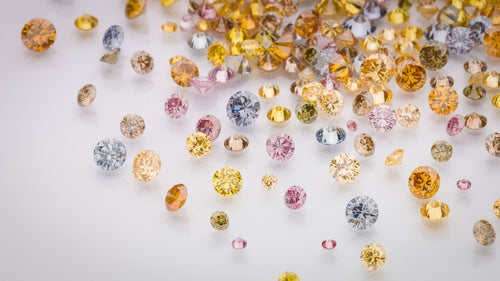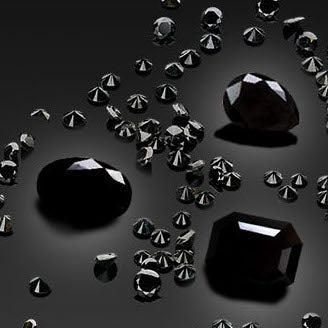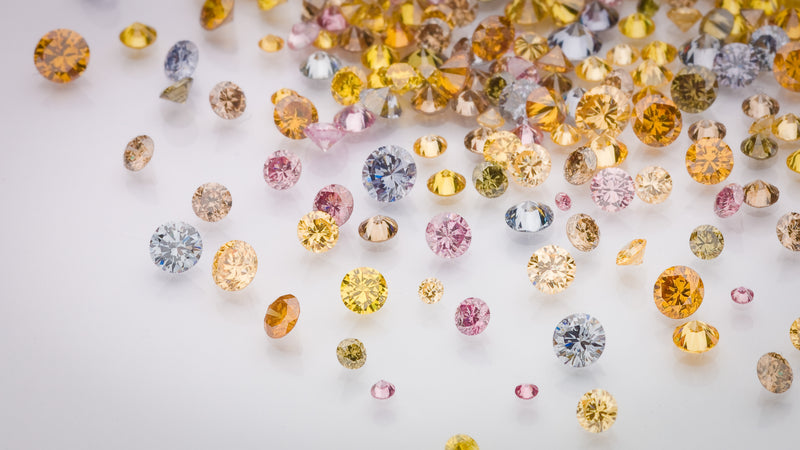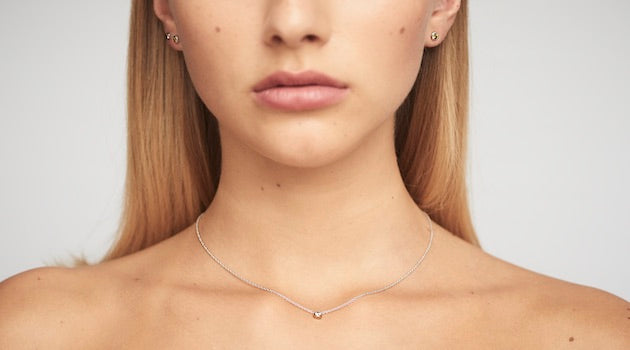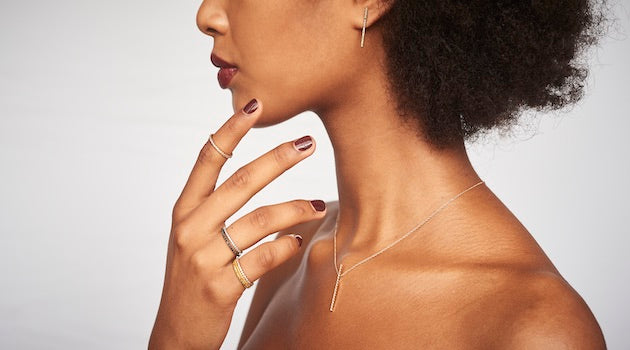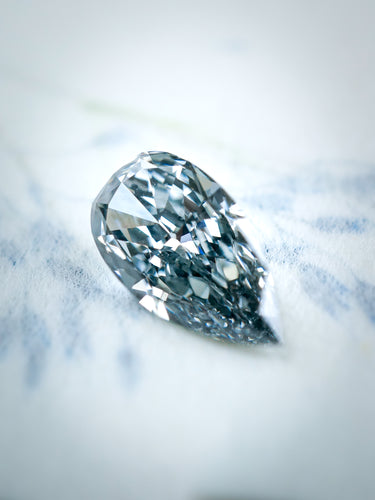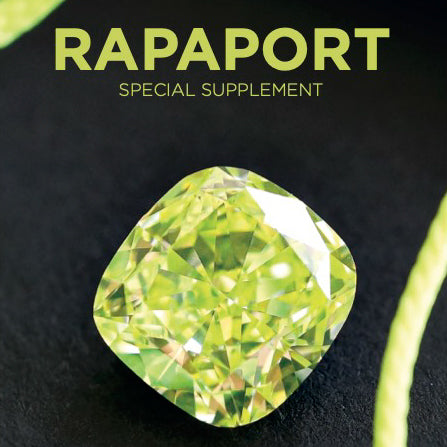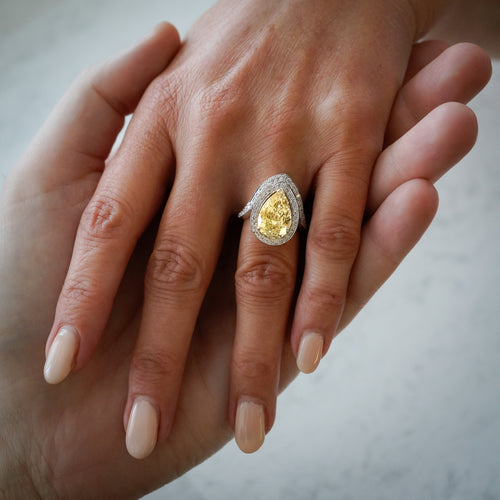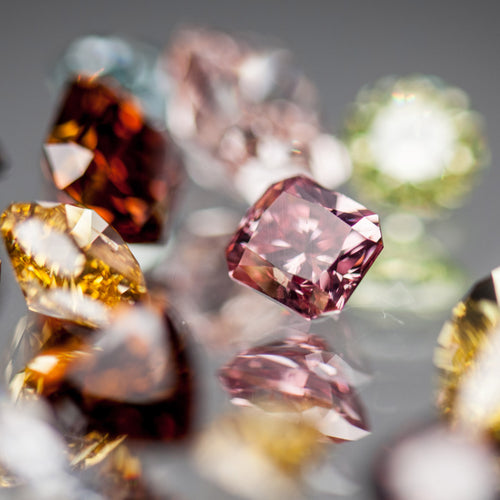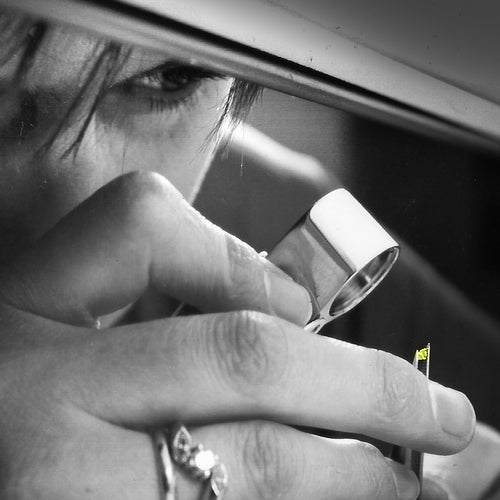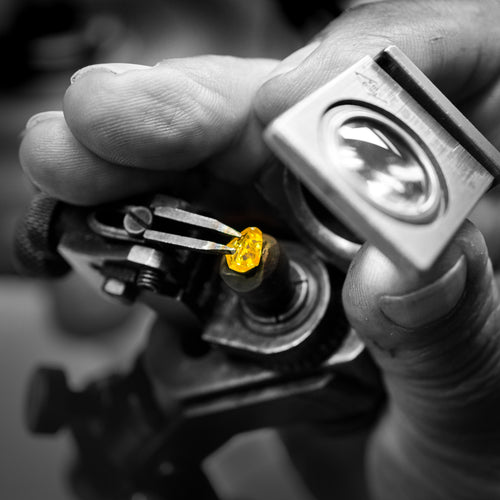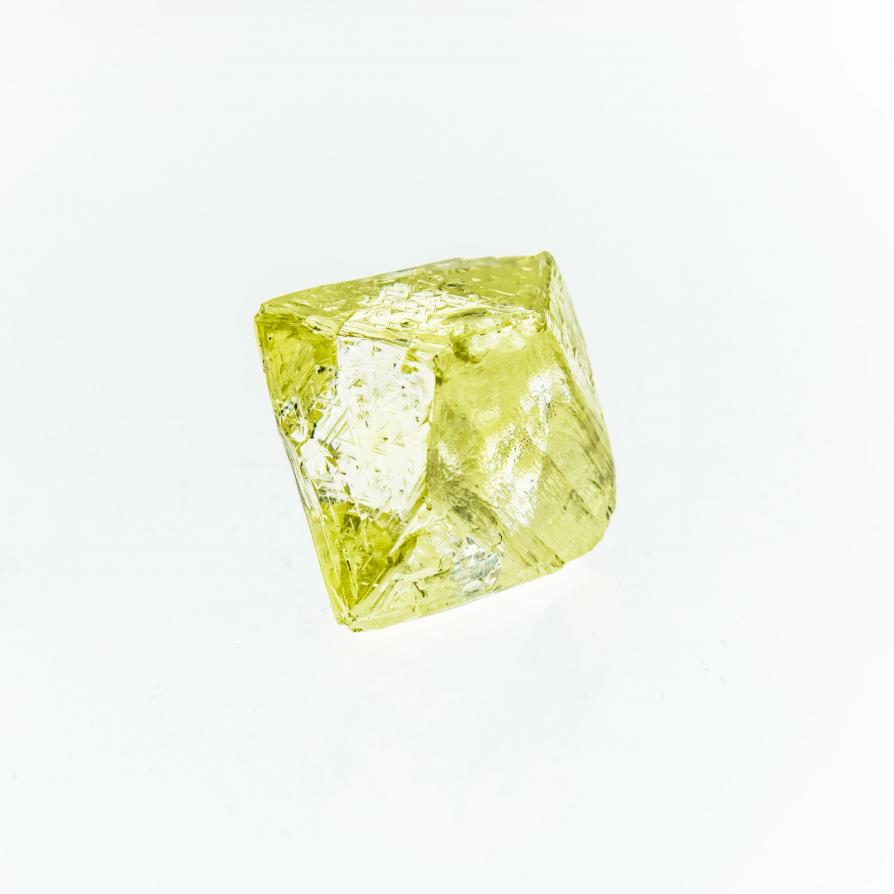

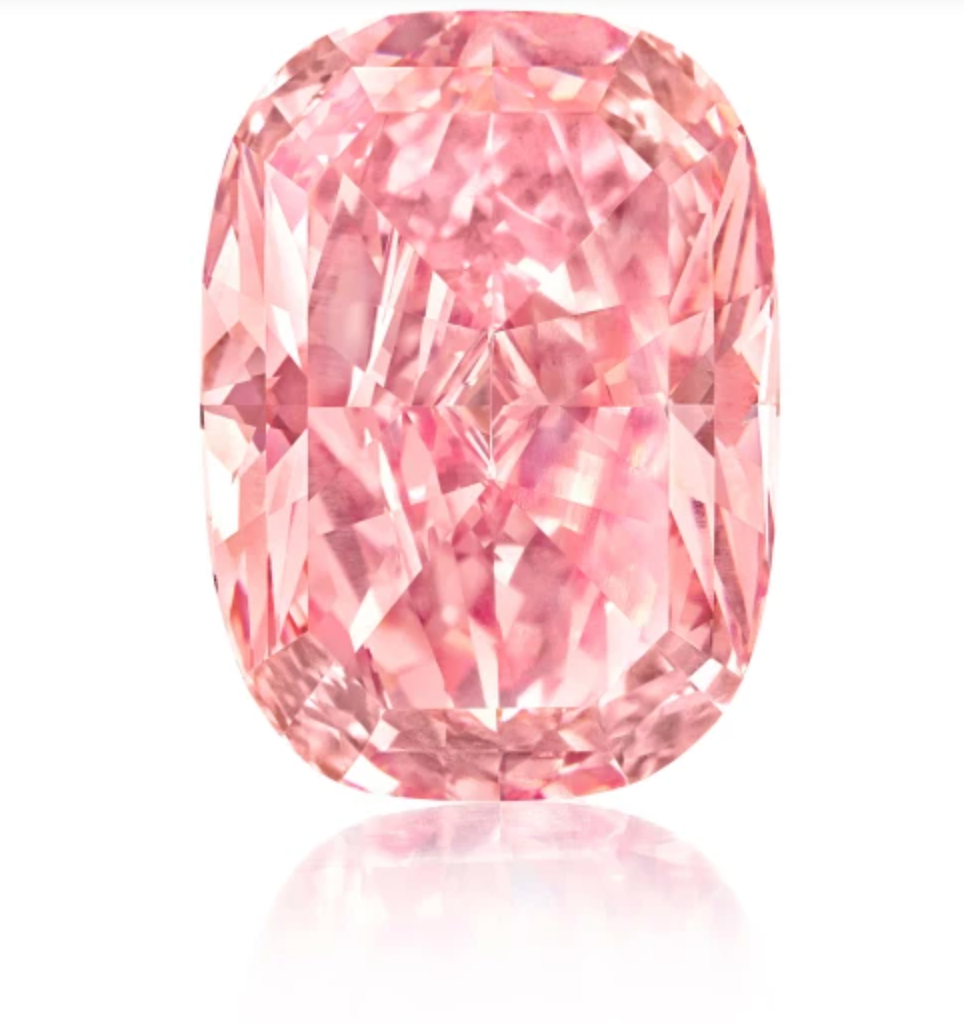
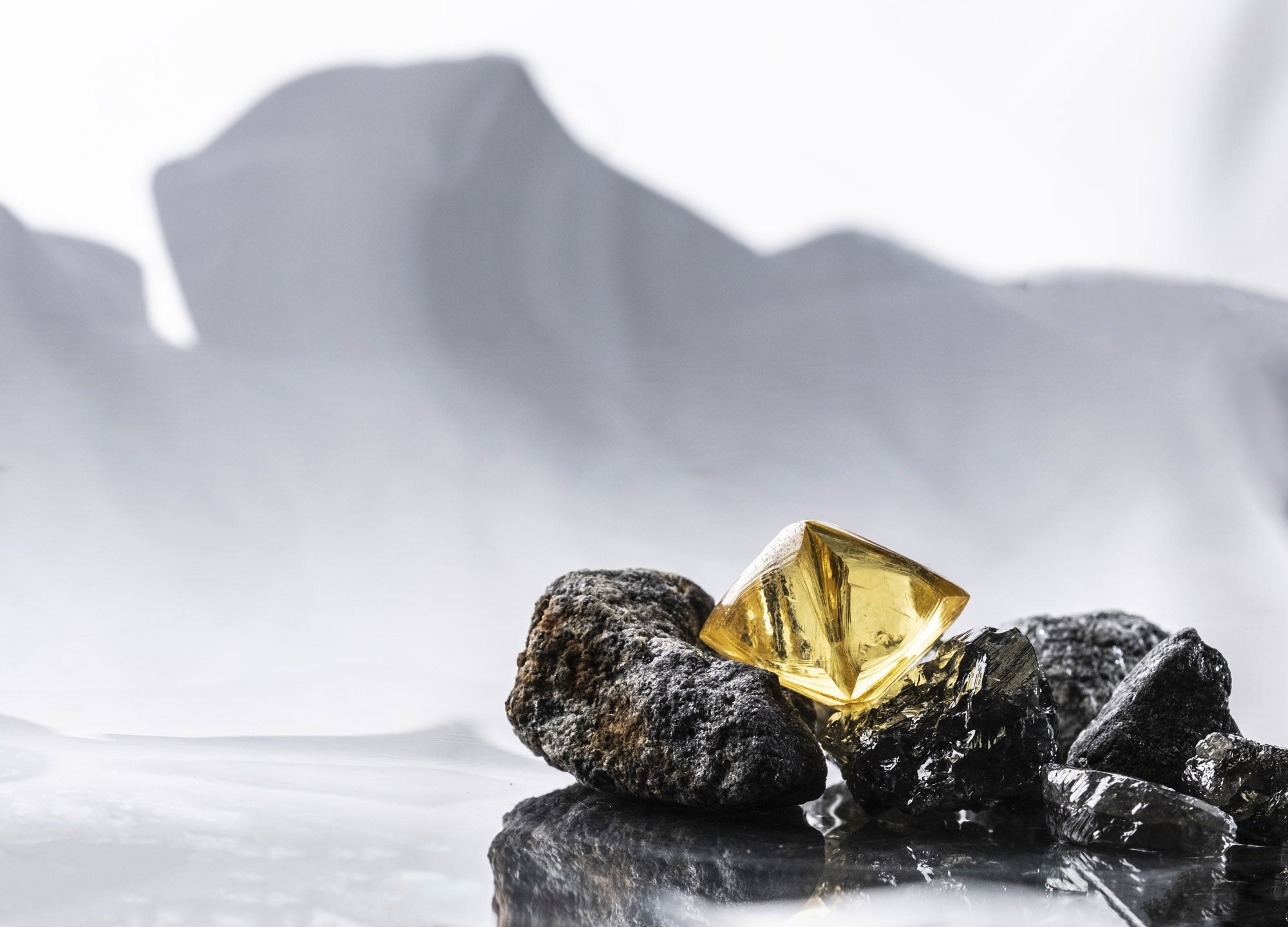
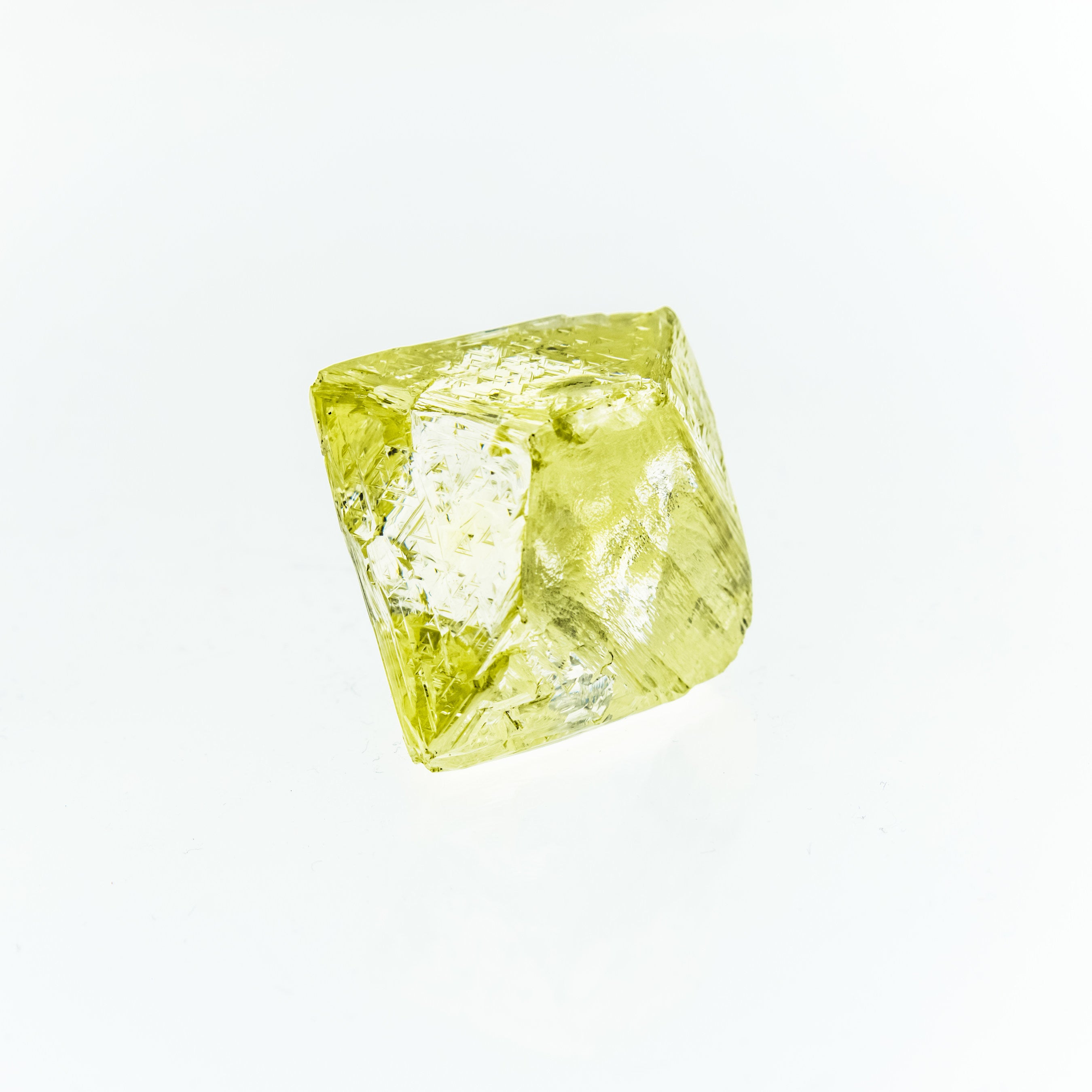
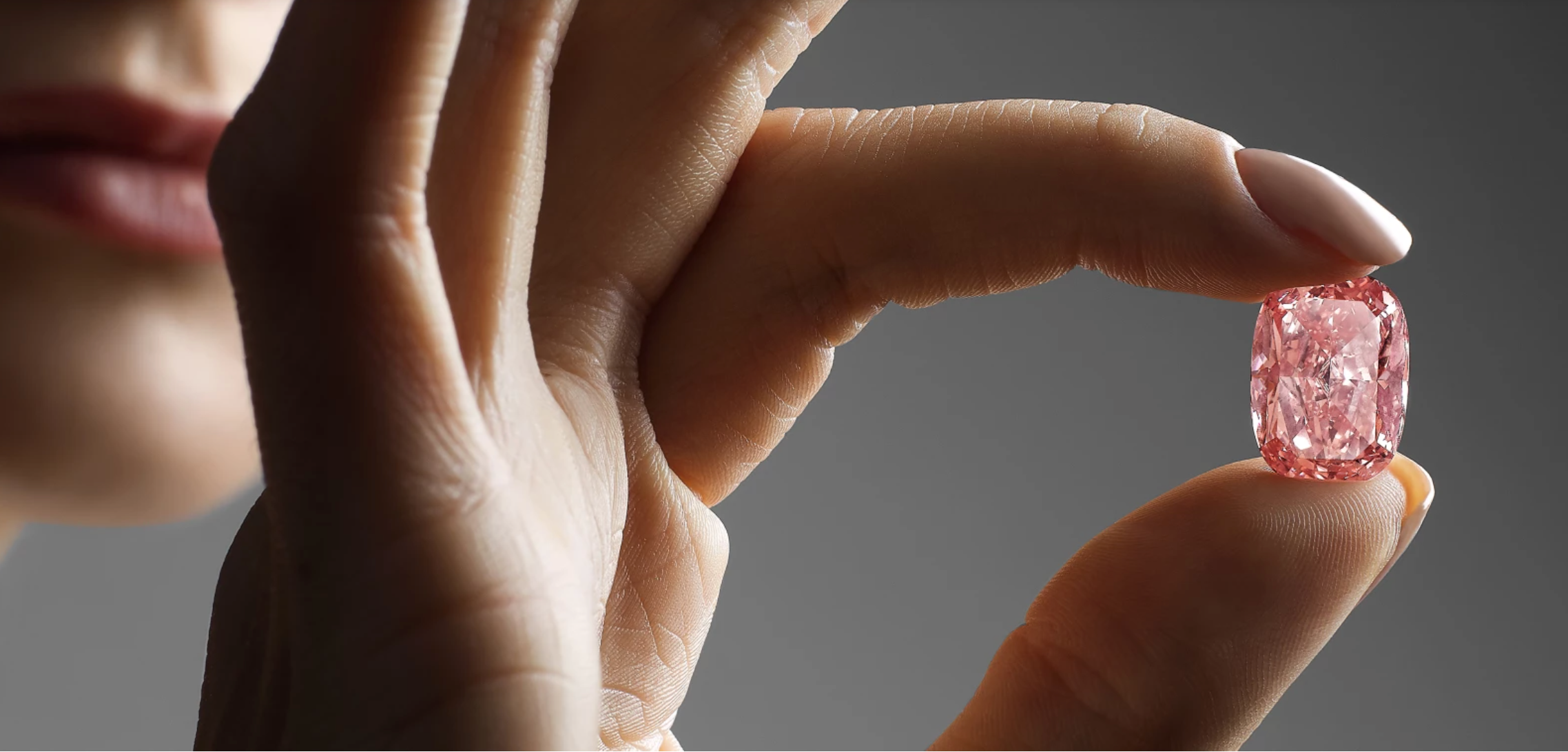
Pink diamond era nears its end
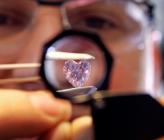
AAP, The West Australian
WA's world-famous Argyle Pink Diamond source is trickling to a halt in what will be the inevitable end of an era for global luxury jewellery manufacturing, an industry specialist says.
A sparkling keepsake for royalty and the rich, the pink diamond is "a delightful freak of nature", British jewellery historian Vivienne Becker said.
The Rio Tinto-owned Argyle Diamond mine in the rugged East Kimberley region produces more than 90 per cent of the world's supply of pink diamonds.
But the subterranean stream will be exhausted within the coming decade.
"The products of this mine have changed the course of modern jewellery design and the chances of finding such another stream are slim to impossible," Ms Becker told AAP in London.
"We have always known it was a limited source and that a time would come when this fabulous fluke of nature would end, but there is a lack of appreciation for what this will mean.
"In another decade the Argyle Pink Diamond will emerge as the new Faberge egg, the thing jewellery myths are made of."
Ms Becker spoke about the international admiration for the precious Australian crystal as a selection of rare and collectable Argyle Diamonds went on display in London.
Attracting prices of hundreds of thousands to millions of dollars per carat, pink diamond jewellery has a prestigious history.
"The value of rarity is the most priceless factor ... in the world of jewellery today and as supply tightens, price will be driven up," Ms Becker said.
"This is the pinnacle of luxury. Perfection in a world of chaos. Thrilling, high-octane glamour. We are looking at symbols of status and power."
Tasmanian-born Danish Princess Mary is a fan of the elusive stone and has a Shamballa bracelet, with one pave ball made entirely of pink diamonds.
"We worked with the Princess to select the design and used Argyle Pink Diamonds in a special, intimate setting, inspired by ancient Asian jewellery," said Ulrik Hartmann, of exclusive Danish jeweller, Hartmann's.
The Queen received an uncut pink diamond, mined in Tanzania, as a gift for her 1947 wedding.
The Williamson pink diamond, as it is known, became the centre of a five-petal flower brooch by Cartier, which the Queen still wears.
